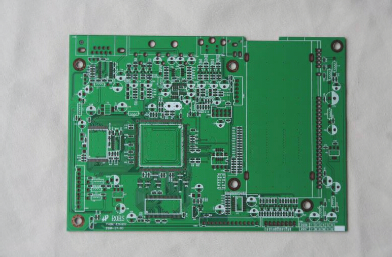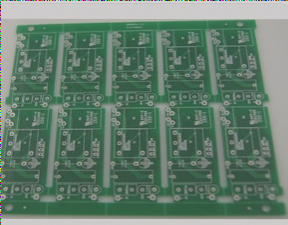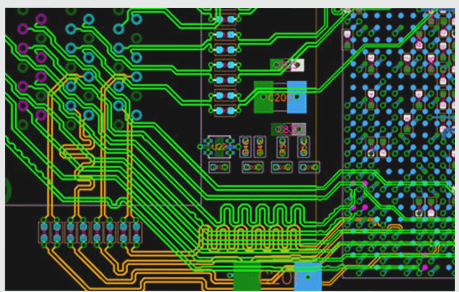Understanding the Dangers of Electric Shock
The Impact of Electricity on the Human Body
Electric shock is a serious risk that should never be underestimated. Despite common misconceptions, there is no immunity to electricity. The effects of an electric shock can vary based on factors such as current, voltage, resistance, and even timing.
The Relationship Between Voltage, Resistance, and Current
When it comes to electrocution, the interplay between voltage, resistance, and current is crucial. Understanding how these factors interact can help grasp the potential dangers of electric shock. Higher voltage or lower resistance can lead to increased current flow through the body.
Complexity of Human Tissue Impedance
Human tissue impedance is multifaceted, influenced by factors like skin type, moisture levels, and frequency. Skin and body tissue have varying impedance levels, with skin exhibiting higher variability compared to body tissue.
- Skin Impedance: 2000 to 4200 Ohms
- Body Tissue Impedance: 500 to 750 Ohms
AC vs DC Electricity
Alternating Current (AC) and Direct Current (DC) present different risks when it comes to electric shock. DC is more likely to cause severe burns, while AC has a lower threshold for sensation.
Impact of Frequency on Electric Shock
The frequency of an electric current can significantly affect its impact on the human body. Frequencies around 50 to 60 Hz, commonly used in electrical grids, are particularly dangerous due to their effect on human skin and the heart.
The Role of Duration and Timing
Timing is critical in electric shock incidents. Understanding concepts like “let-go current” and the potential muscle and cardiac effects of different current levels is essential for grasping the severity of electric shock incidents.
Even seemingly minor shocks can have severe consequences, including delayed internal injuries that may prove fatal.
Understanding Electric Grids and Safety Measures
Electricity can be dangerous, especially when it comes to working with live wires. The design of our electrical grid plays a crucial role in ensuring safety and preventing accidents.

When dealing with electricity, it’s essential to understand how the neutral wire is grounded at the power plant, making the Earth a conductor for the neutral. This setup allows current to flow from a live wire through the body into the ground. Insulating materials like rubber shoes can help limit this flow.
Moreover, the human body and the Earth can act as a capacitor, with air and humidity contributing to a parasitic capacitance that can store and transfer electric charge.
Enhancing Safety with Isolation Transformers
For those working with electrical devices, safety should always be a top priority. In addition to using earth leakage detectors and circuit breakers, incorporating an isolation transformer can significantly reduce the risk of electrocution.

An isolation transformer converts incoming voltage to an equivalent output voltage while creating an isolated circuit. The absence of grounding in the output wires ensures a safer environment where touching a single wire will not result in a shock.
Although isolation transformers may have inductive and parasitic coupling, the leakage current is usually limited to around 50 µA, which is not enough to cause harm.
When selecting an isolation transformer, ensure it can handle the required output power. Remember, higher power does not always mean better performance, as excessive current can trip circuit breakers.
If you have any inquiries about PCBs or PCBA, feel free to reach out to me at info@wellcircuits.com.




